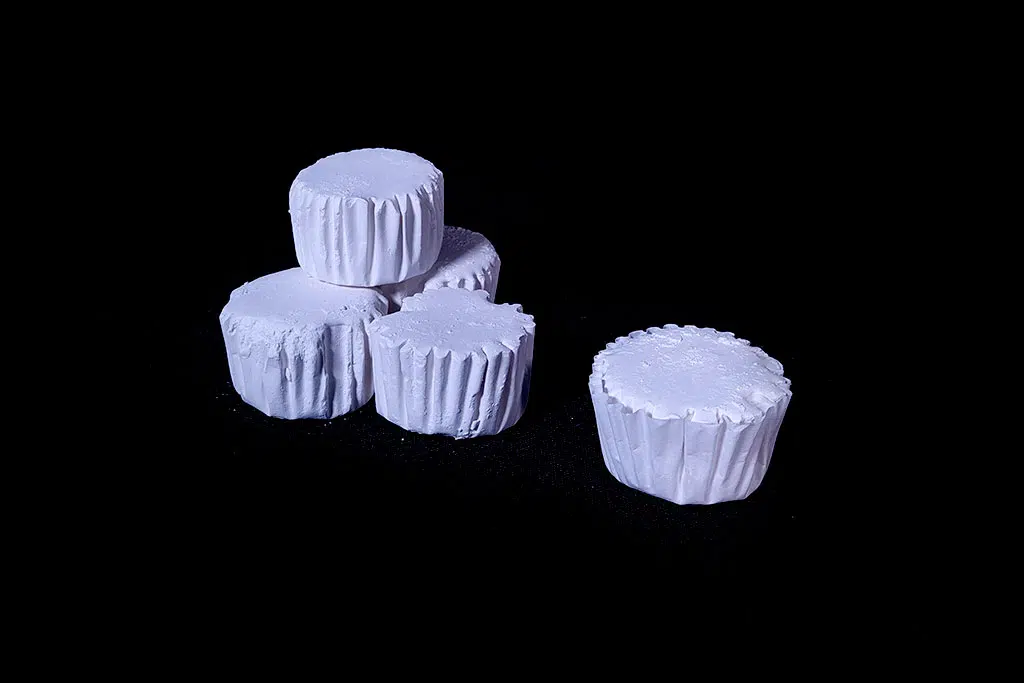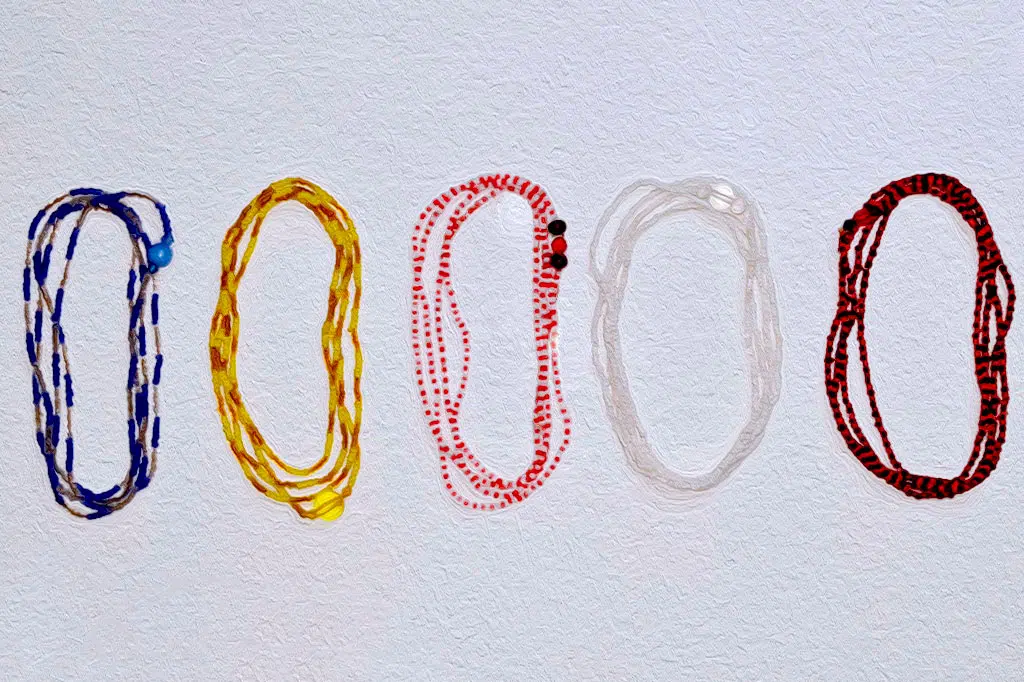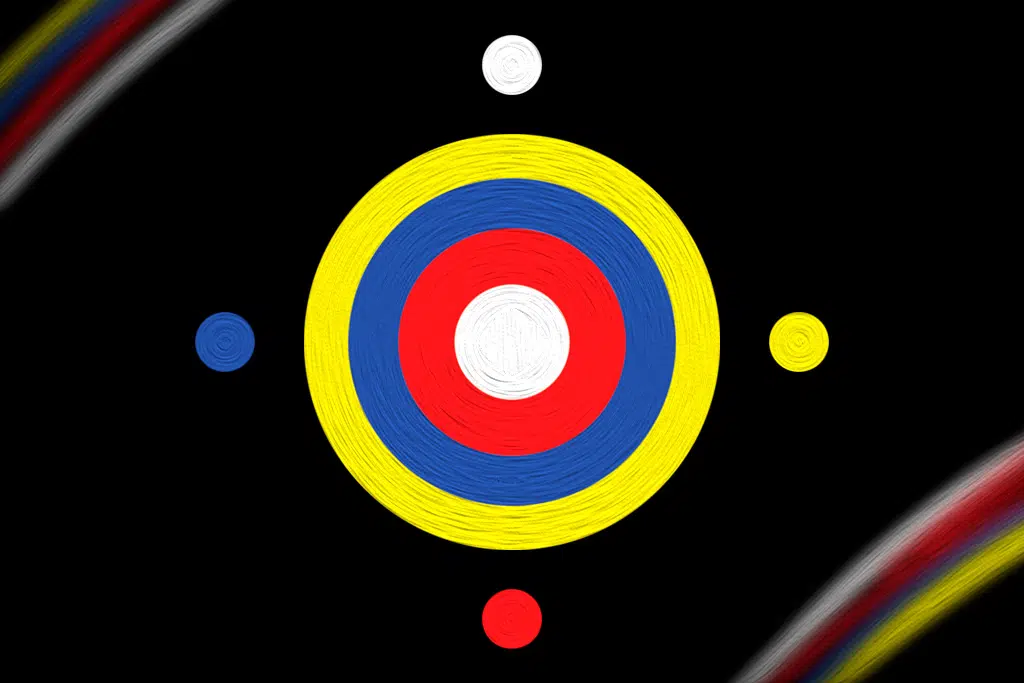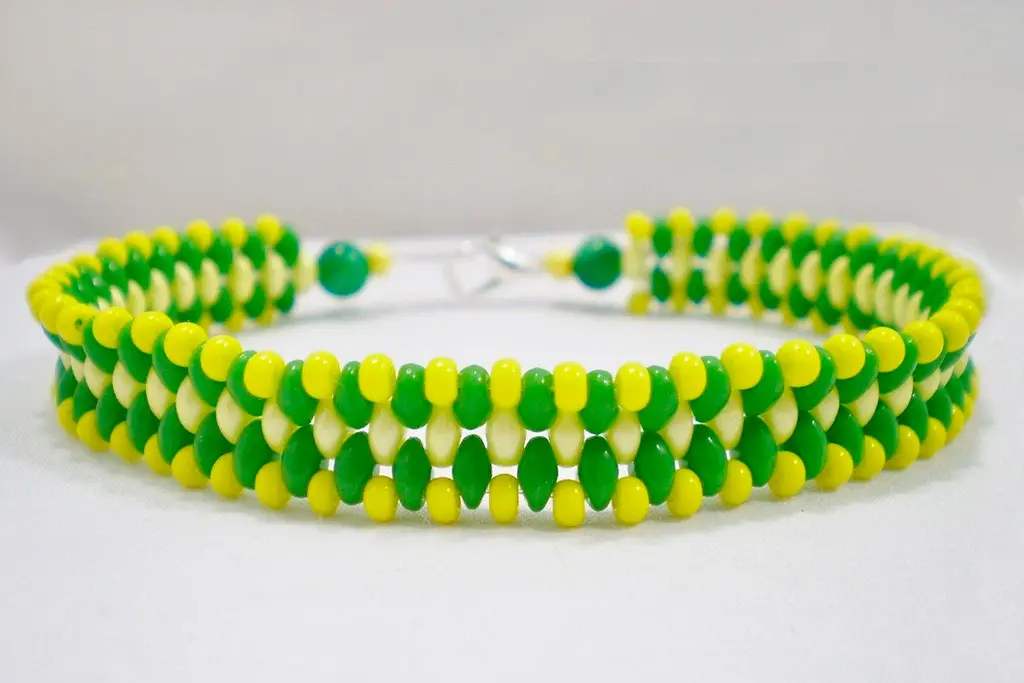Shell: What is it? Uses, benefits and Works

The shell is a fundamental ingredient for the exercise of the rituals of the rule of Osha and Ifa, and all the religious practices related to the Yoruba culture. This element has been related to the Orisha Obatala Due to its white color and its purifying energy, however, it can be used with the blessing of any of its deities since it is not a taboo for any of them.
What is the husk?

This is an ingredient that enjoys great popularity, since it cannot be missing from the "saint's table", that is, among the fundamental elements for the attention and execution of works at the foot of the Orishas of the Yoruba pantheon or of the Egun (the deceased ancestors).
The name by which the shell is known in the Yoruba language is "efun", its meaning is related to the color funfun (white) whose spiritual action is related to all good, clean and pure things. On the other hand, when you try to translate the Yoruba word "efun" you get a translation that literally means: "chalk."
The presence of the shell in the execution of the rituals of the rule of Osha and Ifa is essential in most cases. It is indispensable for head prayers, kariosha consecrations, attentions and prayed to the Egun, among many other rituals.
What is?
Spiritually, the shell is an element capable of attracting the purest energies, it promotes mental and spiritual clarity. Energetically it is capable of protecting and safeguarding the places where it is used, somehow delimiting the access of dark spirits and negative entities. In addition, it also has mystical purifying powers that are quite effective for spiritual cleansing.
The husk powder can be sprinkled practically anywhere as a protective element; it is also very easy to mix with the liquids used for a wide variety of baths, to make candles, or consecrated soaps; to honor Obatala; for divination, among many other things.
Importance of the shell (Efun) in Santeria
The importance of this element lies in the fact that it provides its purifying properties that make any ritual in which this element participates consecrated with the highest energetic blessings. That is why this ingredient is closely related to the Orisha Obatala.
Benefits of using shells:
- Repel low vibrations and dark, obsessed and demonic spirits.
- Draw sacred symbols with great ease and effectiveness, within religious rituals and ceremonies.
- Its versatility allows it to be used anywhere, either as a powder or to mark some kind of oracle or diagram.
- It is a fairly effective protector that tends to set limits on the access of harmful entities.
- Just as it repels negative spiritualities, it also repels harmful energies, thoughts, feelings, intentions, and actions.
History of the Cascarilla, the efun or the sacred white land
In the original practices of the Yoruba culture, the bark of a sacred tree was used to make efun powder, known as cascarilla. Since ancient times, this sacred white powder has been considered to provide protection against evil.
With the passage of time, and the arrival of the Yoruba religion in America, the process of adaptation to other lands meant that the practitioners of that culture, who were now part of the diaspora, stopped using the bark of certain trees for their preparation and began to use crushed white eggshells, especially from the eggs of black hens, because this resource was more accessible to practitioners.
In addition, the mystical properties of eggshells could very easily replace the original raw material, since they possessed the same spiritual attributes. The eggshell offers protection to the chicken embryo in a physical way, and in a spiritual way it retains those same properties, becoming a powerful symbol of life.
The importance of this element transcended in all the practices derived from the customs of the Yoruba religion in America. Therefore, the element known as efun exists in all practices of the West African diaspora. We can see it present in the Santería or rule of Osha and Ifa, in the Vodun or Voodoo; in Candomblé and Umbanda; in the mayombe stick; in even traditions with different roots such as Wicca, among others.
How is the husk made?
Its preparation is made from powdered eggshells, which are later mixed with holy water. During its original elaboration, it is necessary to perform certain chants and prayers to activate its spiritual properties and turn the element into a truly spiritual resource. This consecration allows the elements to merge in a physical and energetic way, achieving that, when they are united in a homogeneous way, their depurative power increases.
The combination of its ingredients makes it an element capable of representing existence, both on the earthly and spiritual planes, attracting the blessings that can be emanated from Heaven and materialized on Earth.
The first thing we must take into account when preparing shell is that the shells must be white eggs, because if beige or brown are used they will not result in the white powder that we are used to using. Another consideration to take into account is that a large number of shells are required in order to obtain a sufficient amount of efun.
On the other hand, the eggshells must be rinsed very well, and put to dry after being stripped of the inner membrane, because this harms the result, turning it into a sticky paste. One option to speed up the drying process is to bake the shells for 10 to 20 minutes.
When ready to pulverize them, they will be placed in a mortar, crushing them until obtaining a very fine powder. Then, the powder will be mixed little by little with holy water gradually, until creating a paste with which a ball will be formed that will be put to dry again. At this time the corresponding prayers will be made. When it is completely compacted, it is ready to use.
The final result can be used in powder, or you can make that kind of ball that is used to trace signs, for the making of ajitenas, figures, emblematic diagrams and ceremonial oracles; and to mix with other elements further enhancing its effects.
At present, in general, santeros and babalawos directly acquire their husks in the botanists dedicated to the commercialization of these ingredients, which is a practice that must be paid attention to, since these husks are usually not elaborated. in the correct liturgical way, and worse still, they are usually prepared with other ingredients foreign to the traditional customs of the Yoruba religion.
Prayer or Súyere of the husk (Efun)
Babalodo Nilefun Babalodo Nilefun
Nilefun Naire, Babalodo Nilefun,
Nulefun Naire, Babalodo Nilefun.
Works or Ebbo with Cascarilla

There are countless number of works that can be carried out using husk as the main element, due to the versatility and energetic power that this element possesses. Some of them are presented below.
Bath with husk to ward off bad energies
This bath can be used whenever you want, or when you feel that your energies are not the best and cleaning is required.
Necessary elements:
- Husk
- Cocoa butter
- Holy Water.
- Cow milk.
- 2 candles (candles) white.
- 4 slices of bread.
- Herb: white elder.
Execution of the ritual:
This bathroom is considered a "funfun bathroom" because all the elements used are white and have a high purifying capacity. Its preparation consists of preparing a mixture with cow's milk, powdered husk, grated cocoa butter, 4 slices of bread, and holy water. Once all the ingredients are mixed, the two candles on the sides will be lit, asking for the blessing of the spiritual guides and the guardian angel, to attract through that bath the freshness that you want to achieve. Once the candles are consumed, the bath will be carried out with the preparation. While she wets her body with it, she rubs herself with the white elderberry making her requests.
To raise a sick person:
A dry coconut is taken, liquor, holy water is blown on it and then it is completely painted with husk. The person concerned is cleaned and left in a corner in the house. When he gets better you should roll him with his feet to the door and kick him out into the street.
To get rid of witchcraft:
Powdered husk is mixed with almagre, framboyán leaf powder, and Orunmila yefa. The foot of the Orisha is asked to answer for the work and the interested person is cleaned with the powder. It blows for the street.
husk pataki
It happened that, during the arrival on Earth by the deities, they demanded that everyone who had gray hair in their hair should abandon their earthly existence, immediately returning to ara orun (heaven) together with Olodumare.
The years had passed and Orunmila's hair was already painting gray and gray tones, which had already generated comments among the rest of the divinities, until the time came when they demanded that the fortuneteller should return to the kingdom of heaven.
But, Orunmila, being a very wise man, consulted with Ifa, and following his instructions he performed an ebbo, which consisted of hanging a maribo on the lap of the door of his house, which is a curtain made of palm leaves in which he had previously made an animal sacrifice, he had put yam puree and added a large amount of powdered husk.
The ebbo was ready and Orunmila invited all the divinities to his house to offer a great farewell banquet in his name, there he entertained them with multiple dishes and exquisite drinks, filling his guests with attention that surprised all those present in an extraordinary way. and unexplained.
But, it happened that at the moment in which the Orishas entered Orunmila's house, everyone had to take off their hats and pass under the maribo, since tradition established it, therefore, it was very natural for everyone. However, when they were about to leave, they went to get their hats and realized that everyone's hair was as white as Orunmila's.
That fact filled them with alarm and surprise, they all looked at each other in amazement, then orunmila he announced that it was necessary for all to retire to heaven, for which he would soon die in the company of his guests.
The Orishas did not want to leave Earth at that time, so very scared they decided to make a new pact on earthly existence. New laws were established where the first of them determined that it was not necessary for people with gray hair to die, stipulating that only those who were sick and were already very old should leave with Olodumare.
From that moment on, earthly life increased, so existence became longer and more pleasant, allowing the elderly to enjoy the arrival of new generations and spend a longer time with their family.
Since then, the husk is not lacking in ritual consecrations, and the maribó never lost its position at Orunmila's door, remaining the rest of his life in that place.
This is the reason why this element is usually located at the door of the religious house, since it protects and favors the inhabitants of that place, allowing the Ire to enter, but keeping Ikú (the death) and all the remaining osogbos of the door and of the interior of the ilé (the house) where it is.




Very interesting information, thank you!!
I loved the information, thank you
Can the husk you prepare be shared with your family for protection or is it only for personal use?